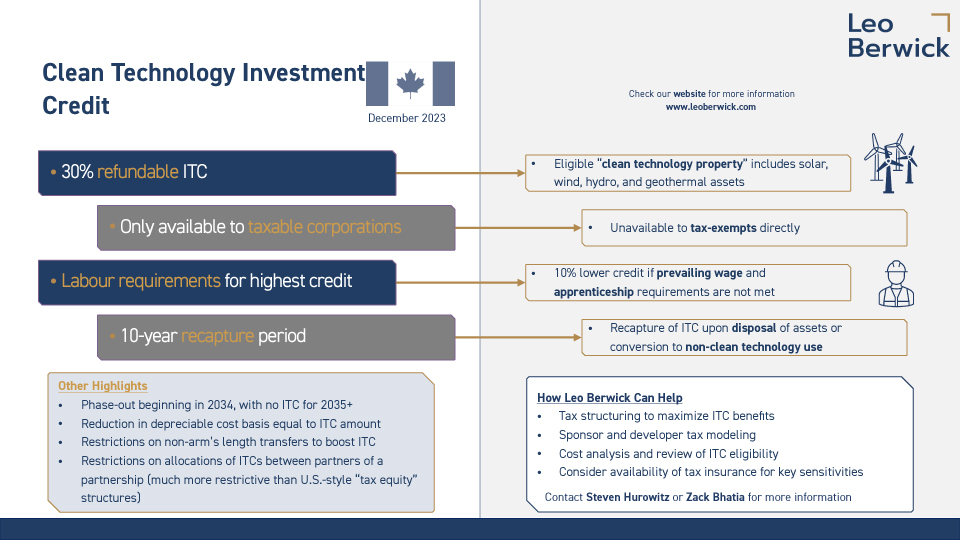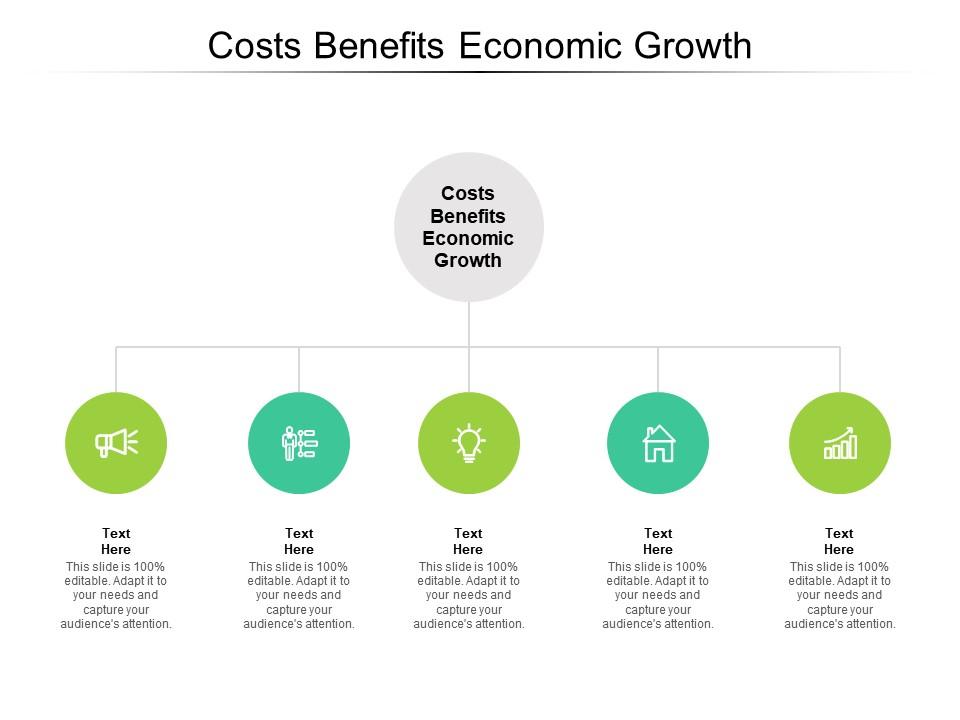Clean Tech: Unveiling the Environmental and Economic Benefits

Unveiling the Revolution: Clean Technology Benefit Explored
Clean technology, often referred to as clean tech, has emerged as a powerful force in shaping a sustainable and environmentally friendly future. This article delves into the myriad benefits of clean technology, examining its impact on both the environment and the economy.
Environmental Sustainability at its Core
At the heart of clean technology is a commitment to environmental sustainability. Clean tech solutions aim to reduce environmental impact by minimizing resource consumption, lowering emissions, and promoting energy efficiency. From renewable energy sources to waste reduction initiatives, clean technology is driving a shift towards a greener and healthier planet.
Harnessing Renewable Energy for Power
One of the key pillars of clean technology is the utilization of renewable energy sources. Solar, wind, hydro, and geothermal power are harnessed to generate electricity without relying on finite fossil fuels. The shift towards renewable energy not only mitigates climate change but also fosters energy independence and resilience.
Energy Efficiency: Doing More with Less
Clean technology emphasizes energy efficiency as a cornerstone principle. Technologies and practices that enable doing more with less energy help reduce overall consumption and environmental impact. From energy-efficient appliances to smart grid systems, clean tech innovations are optimizing energy use across various sectors.
Circular Economy: Reducing Waste, Maximizing Resources
Clean technology promotes the concept of a circular economy, where waste is minimized, and resources are maximized through recycling and reuse. Innovative waste-to-energy solutions, sustainable materials, and eco-friendly manufacturing processes contribute to a more circular and responsible approach to resource management.
Smart Cities for Sustainable Living
The concept of smart cities is a testament to the transformative power of clean technology. Integrated systems, IoT (Internet of Things) connectivity, and data analytics enable cities to optimize resource use, enhance public services, and reduce environmental impact. Clean tech is at the forefront of creating urban spaces that prioritize sustainability and livability.
Clean Transportation: Reducing Carbon Footprint
Clean technology is revolutionizing the transportation sector, aiming to reduce the carbon footprint of vehicles. Electric vehicles (EVs), efficient public transportation systems, and alternative fuels contribute to cleaner air and a reduction in greenhouse gas emissions. The adoption of clean transportation is a significant step towards sustainable mobility.
Economic Growth and Job Creation
Beyond environmental benefits, clean technology is a driver of economic growth and job creation. Investments in renewable energy projects, clean infrastructure, and sustainable practices create employment opportunities and stimulate economic development. The clean tech sector is becoming a crucial contributor to a thriving and resilient economy.
Innovation and Research Advancements
The continuous evolution of clean technology is fueled by innovation and research advancements. Ongoing research in areas such as energy storage, sustainable materials, and green chemistry paves the way for breakthroughs that enhance the efficiency and effectiveness of clean tech solutions. Innovation remains a key driver for realizing the full potential of clean technology.
Global Collaboration for Climate Action
Clean technology plays a pivotal role in global efforts to address climate change. International collaboration and partnerships are crucial for sharing knowledge, resources, and technologies that promote a cleaner and more sustainable future. Clean tech solutions contribute to achieving climate goals and building a resilient planet for future generations.
Clean Technology Benefit: A Call to Action
In conclusion, the clean technology benefit extends far beyond environmental considerations. It is a catalyst for positive change, driving economic growth, technological innovation, and global collaboration. To explore more about the clean technology benefit and its transformative potential, visit Clean Technology Benefit for valuable insights and resources. Join the clean tech revolution and be part of building a sustainable and prosperous future.
Fueling Prosperity: The Economic Growth Advantage

Fueling Prosperity: Unveiling the Economic Growth Advantage
In the quest for sustainable development, the nexus between economic growth and environmental responsibility has gained prominence. This article explores the Economic Growth Benefit associated with environmentally conscious practices, shedding light on how fostering sustainability can fuel prosperity for nations, businesses, and individuals.
1. The Interplay Between Economic Growth and Sustainability
Economic growth and sustainability are not mutually exclusive; in fact, they are intricately connected. The Economic Growth Benefit of embracing sustainable practices lies in creating a balance that ensures economic development without compromising the environment. Nations and businesses worldwide are increasingly recognizing the potential for a win-win scenario where economic prosperity and environmental responsibility go hand in hand.
2. Job Creation and Economic Diversification: A Ripple Effect
One of the key aspects of the Economic Growth Benefit is the creation of jobs and the diversification of the economy. Sustainability initiatives, such as investments in renewable energy, green technologies, and eco-friendly practices, often lead to the establishment of new industries. This, in turn, results in job creation and a more diversified economic landscape, fostering resilience against economic downturns.
Economic Growth Benefit: Discover the symbiotic relationship between economic prosperity and sustainability at Economic Growth Benefit. Learn how environmentally conscious practices can drive economic development.
3. Innovation and Technological Advancement: Catalysts for Growth
Embracing sustainability acts as a catalyst for innovation and technological advancement. The necessity to find eco-friendly solutions to various challenges drives research and development in new technologies. These innovations not only contribute to environmental conservation but also open up new avenues for economic growth. Sustainable practices inspire creativity and ingenuity, fostering a culture of innovation within societies and industries.
4. Cost Savings Through Resource Efficiency: Boosting Profit Margins
Sustainable practices often go hand in hand with resource efficiency. Whether it’s minimizing waste, optimizing energy use, or adopting circular economy principles, businesses that prioritize sustainability tend to achieve cost savings. The reduction in resource consumption not only benefits the environment but also boosts profit margins, contributing to the Economic Growth Benefit.
5. Green Infrastructure Investments: Building for the Future
Governments and businesses are increasingly recognizing the importance of green infrastructure investments. These include projects related to renewable energy, energy-efficient buildings, public transportation, and more. The Economic Growth Benefit of such investments is twofold – immediate job creation during the construction phase and long-term economic gains through improved infrastructure that supports sustainable practices.
6. Enhanced Global Competitiveness: A Strategic Advantage
Nations that prioritize sustainability gain a strategic advantage in the global marketplace. The Economic Growth Benefit here lies in enhanced competitiveness. Sustainable practices, green certifications, and adherence to environmental standards can attract international investors and customers who are increasingly valuing environmentally responsible businesses and nations.
7. Resilience Against Climate Risks: Economic Stability
The Economic Growth Benefit extends to climate resilience. Sustainable practices mitigate the impact of climate change, reducing the risks associated with extreme weather events and environmental disruptions. This, in turn, contributes to economic stability by safeguarding critical infrastructure, supply chains, and livelihoods.
Conclusion: A Path to Sustainable Prosperity
In conclusion, the Economic Growth Benefit derived from sustainability is a powerful testament to the interconnectedness of economic development and environmental responsibility. By fostering job creation, economic diversification, innovation, resource efficiency, green infrastructure, global competitiveness, and resilience against climate risks, nations and businesses can pave the way for sustainable prosperity. The choice to embrace environmentally conscious practices is not just an ethical decision but a strategic one that holds the key to a resilient, thriving, and sustainable future.
